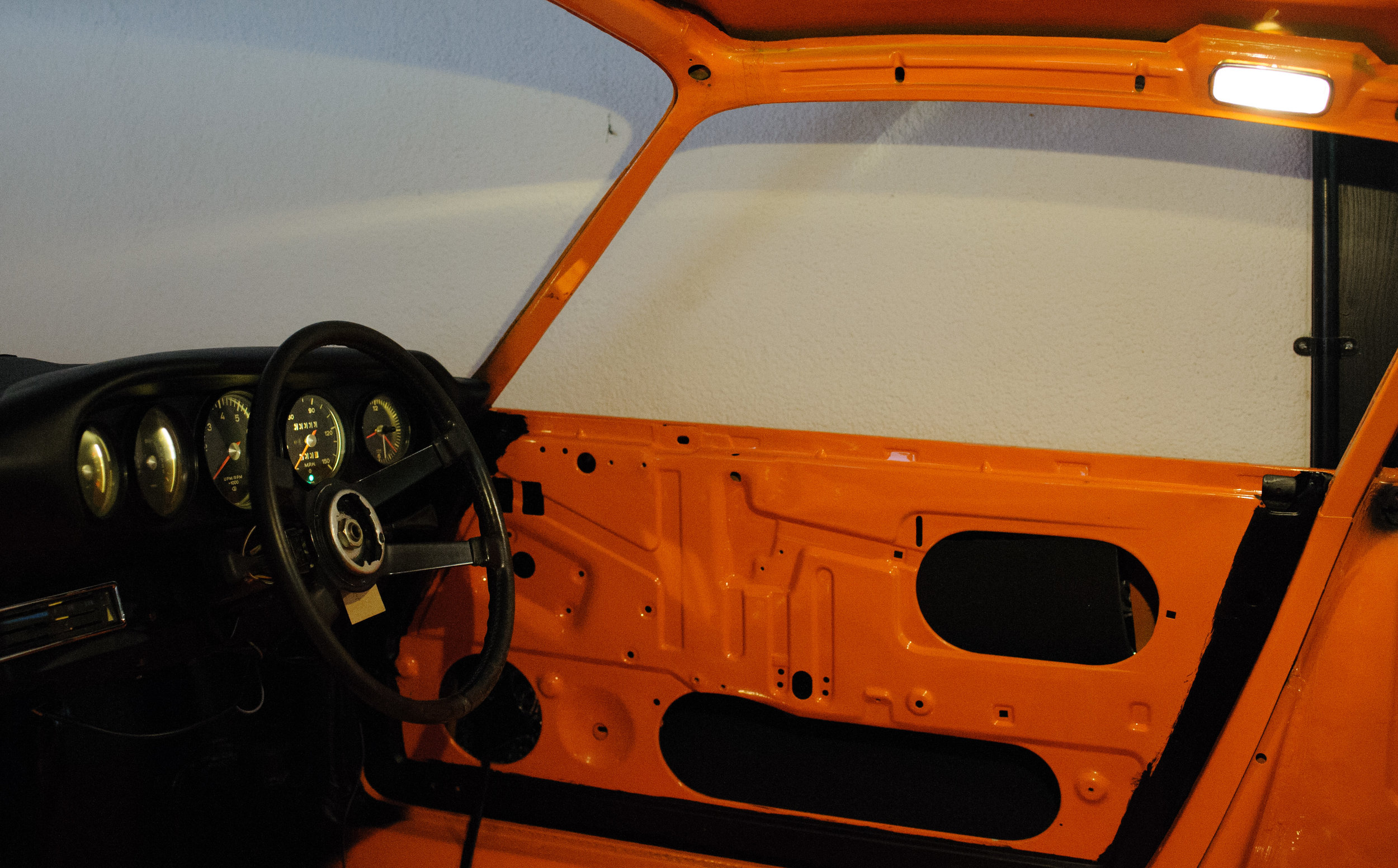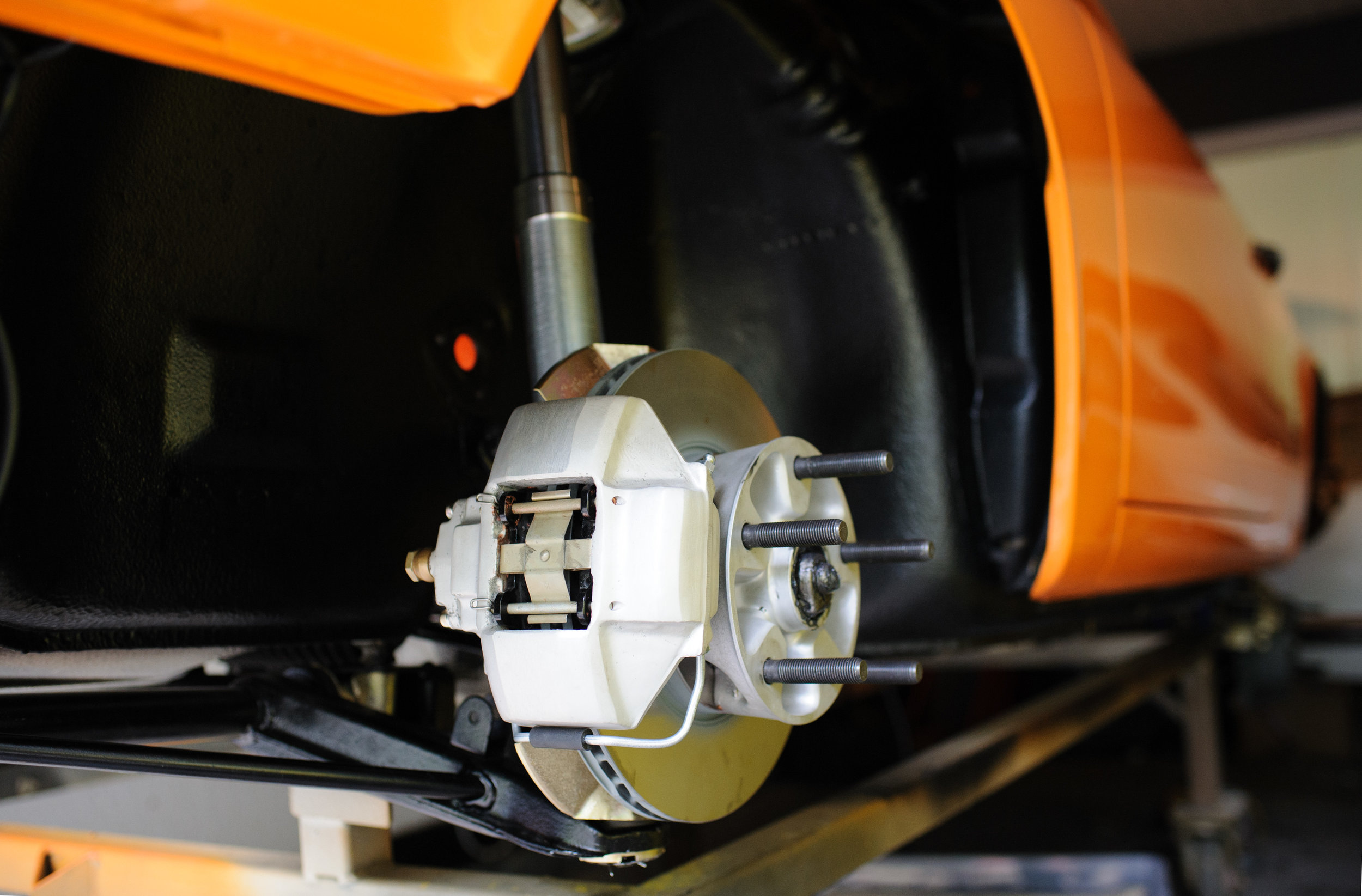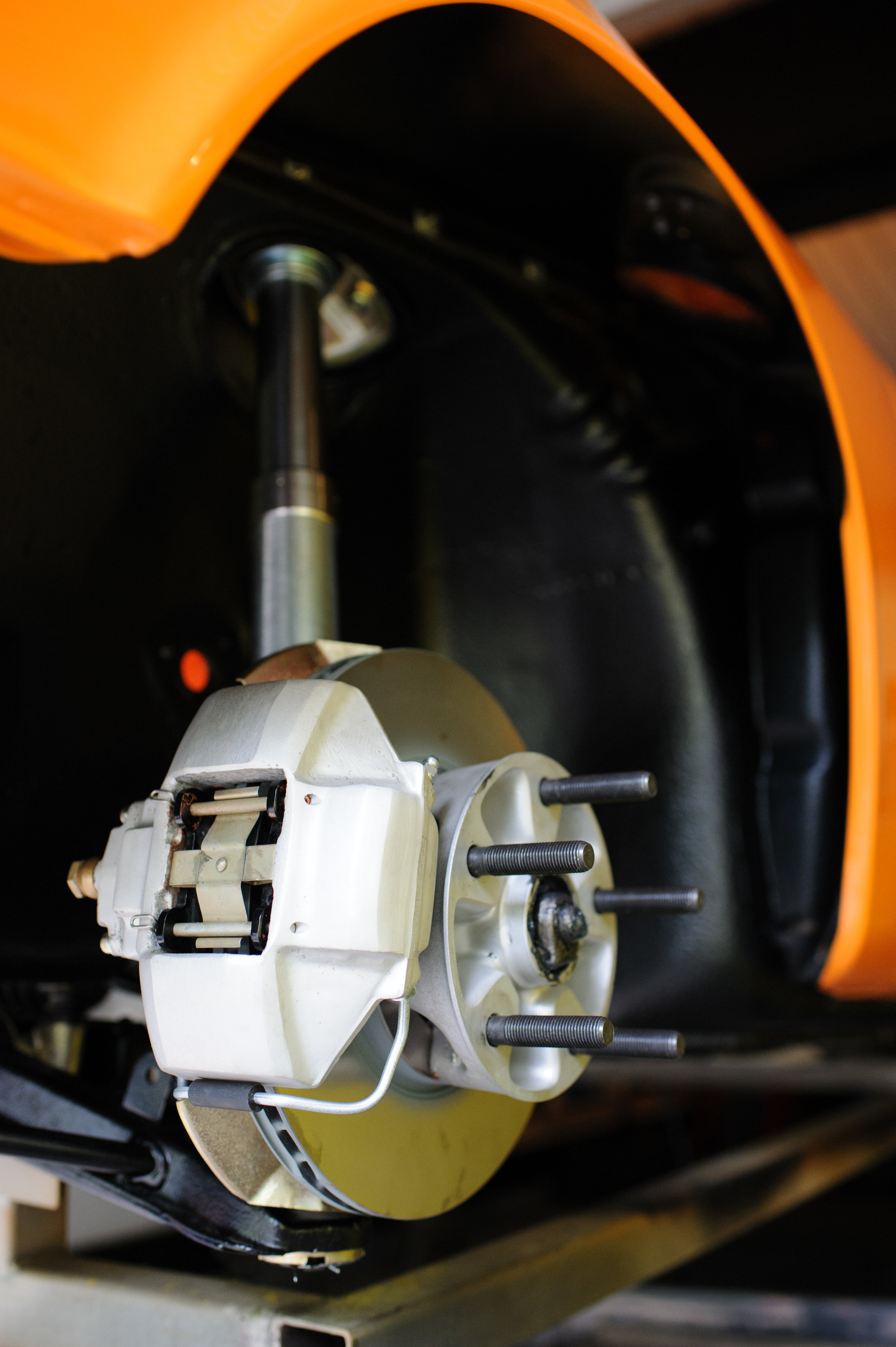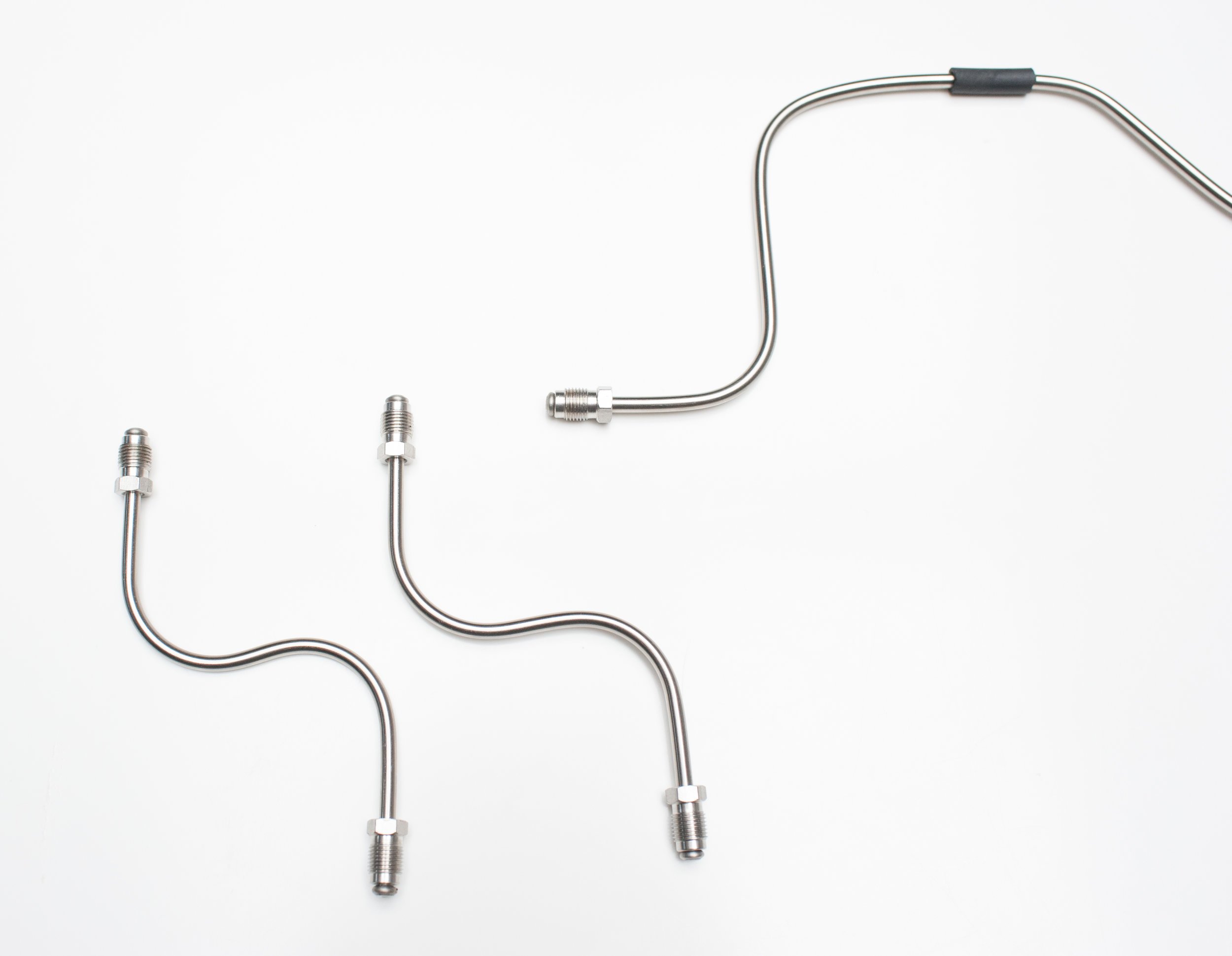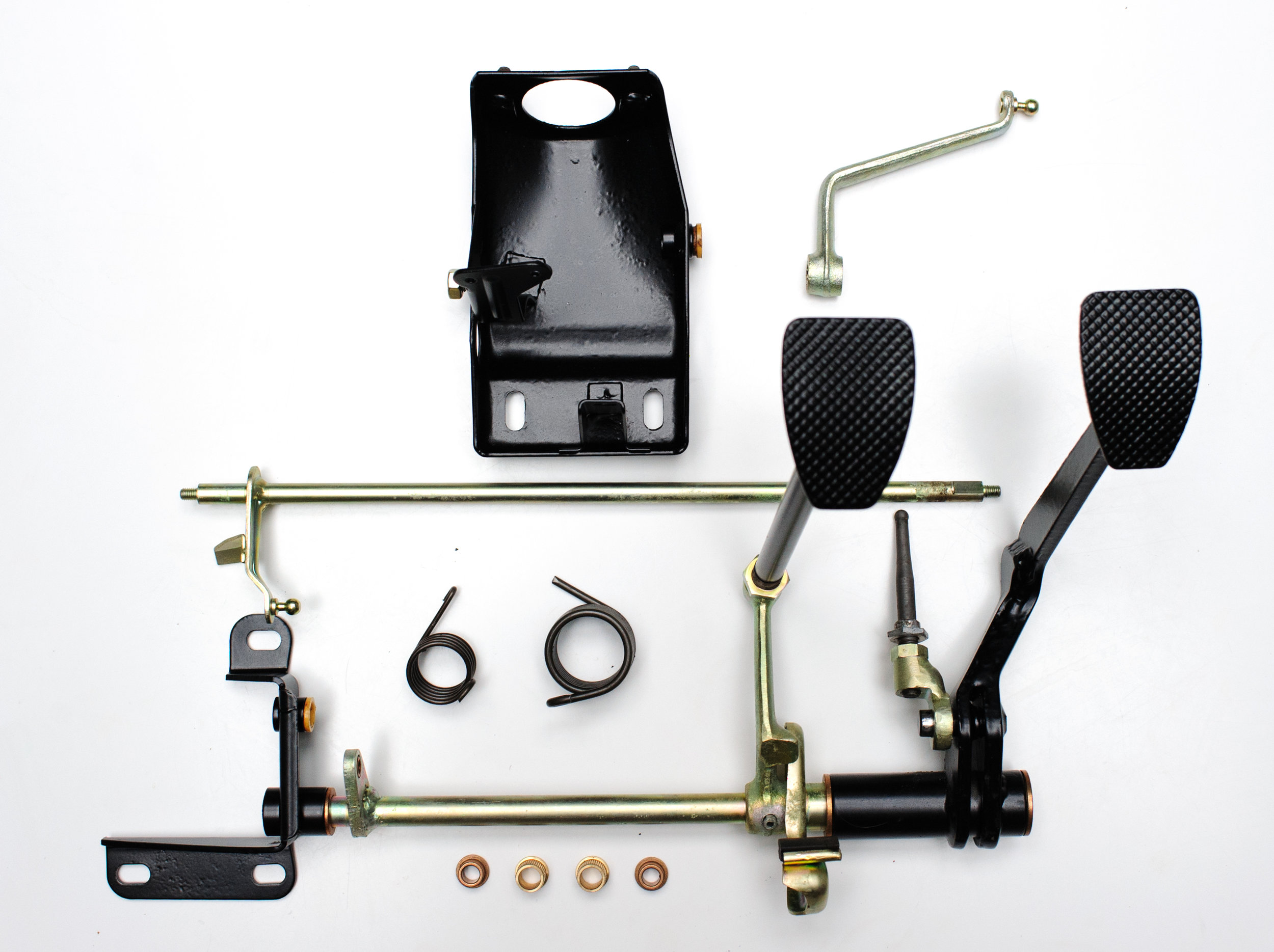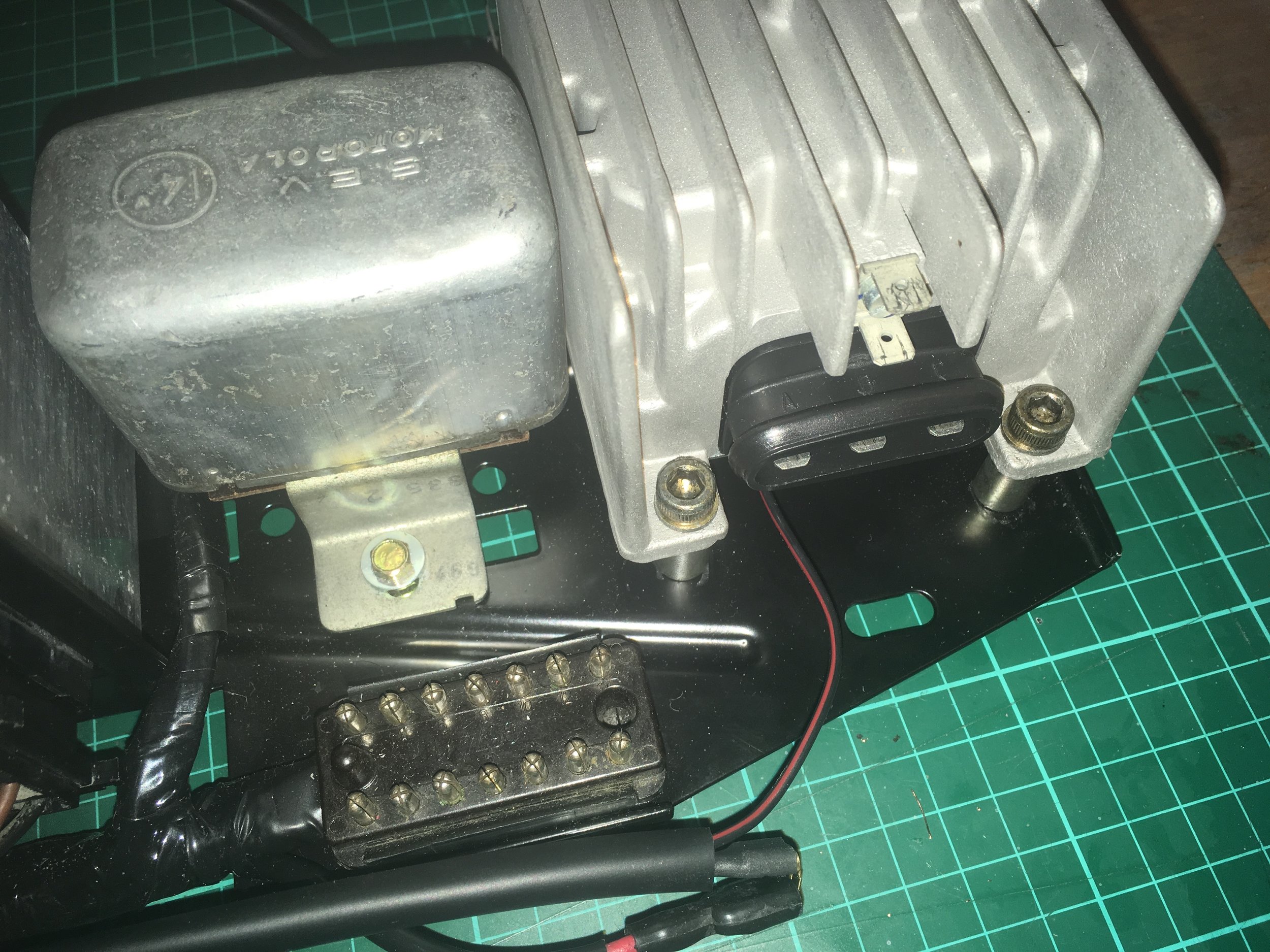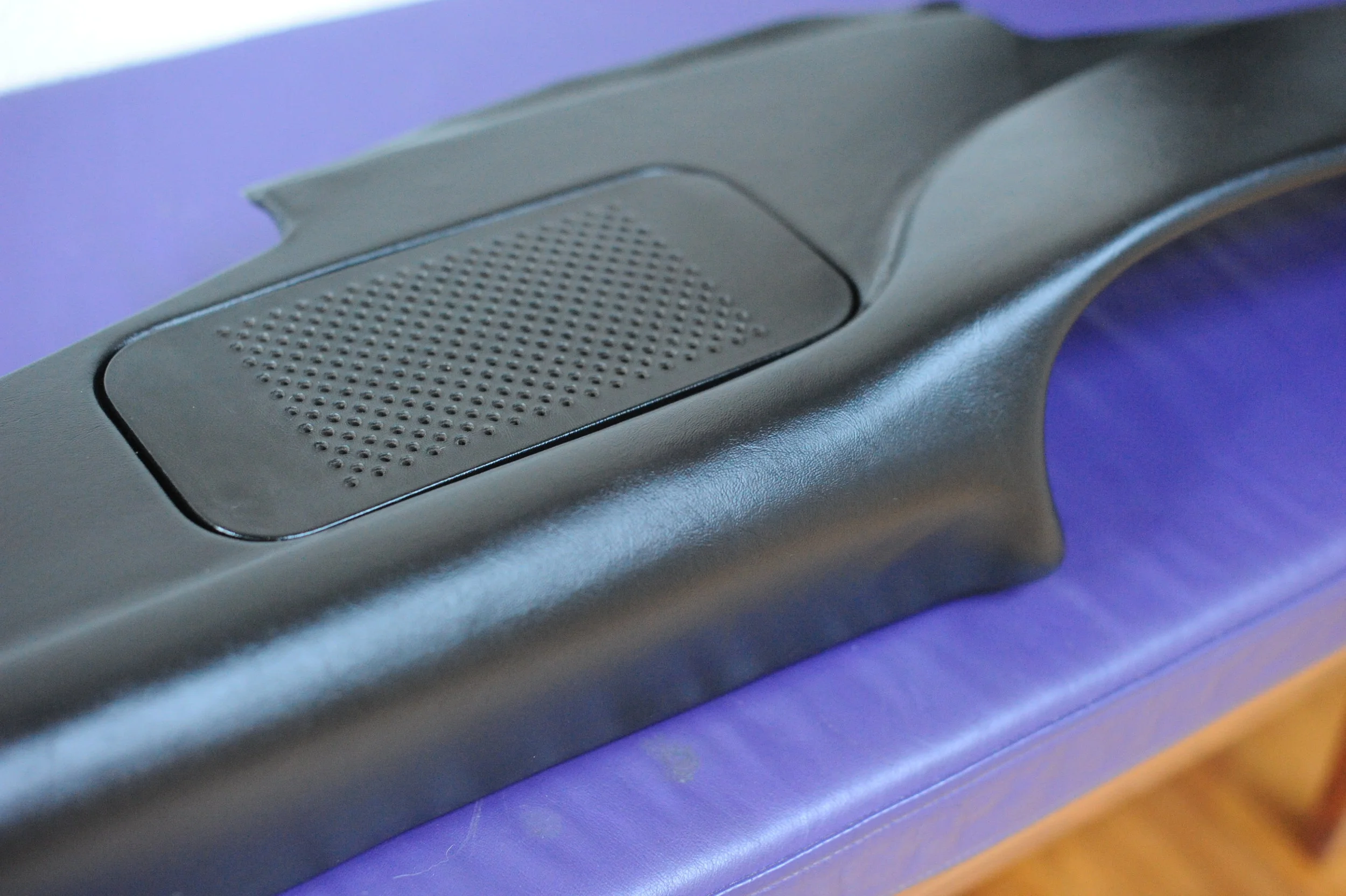Moving on to the oil system, I've made a start on cleaning up the oil tank.
Turns out it's copper plated, which I dimly knew was sometimes done, but thought it only applied to special cars like RSRs.
The tank is now away being stripped, acid dipped and copper plated.
The strip and dip will make me feel more comfortable connecting this thing directly to my newly-rebuilt engine - need to be rid of any crud and rust. I will admit that the copper part is completely pointless overkill, given that it will be obscured by some black paint. But I will know it's copper plated under there, and maybe one day a bit of paint will rub off and (if I have my head under the rear wheel arch for some reason) I will feel like a restoration genius. Not like a weirdo at all.





